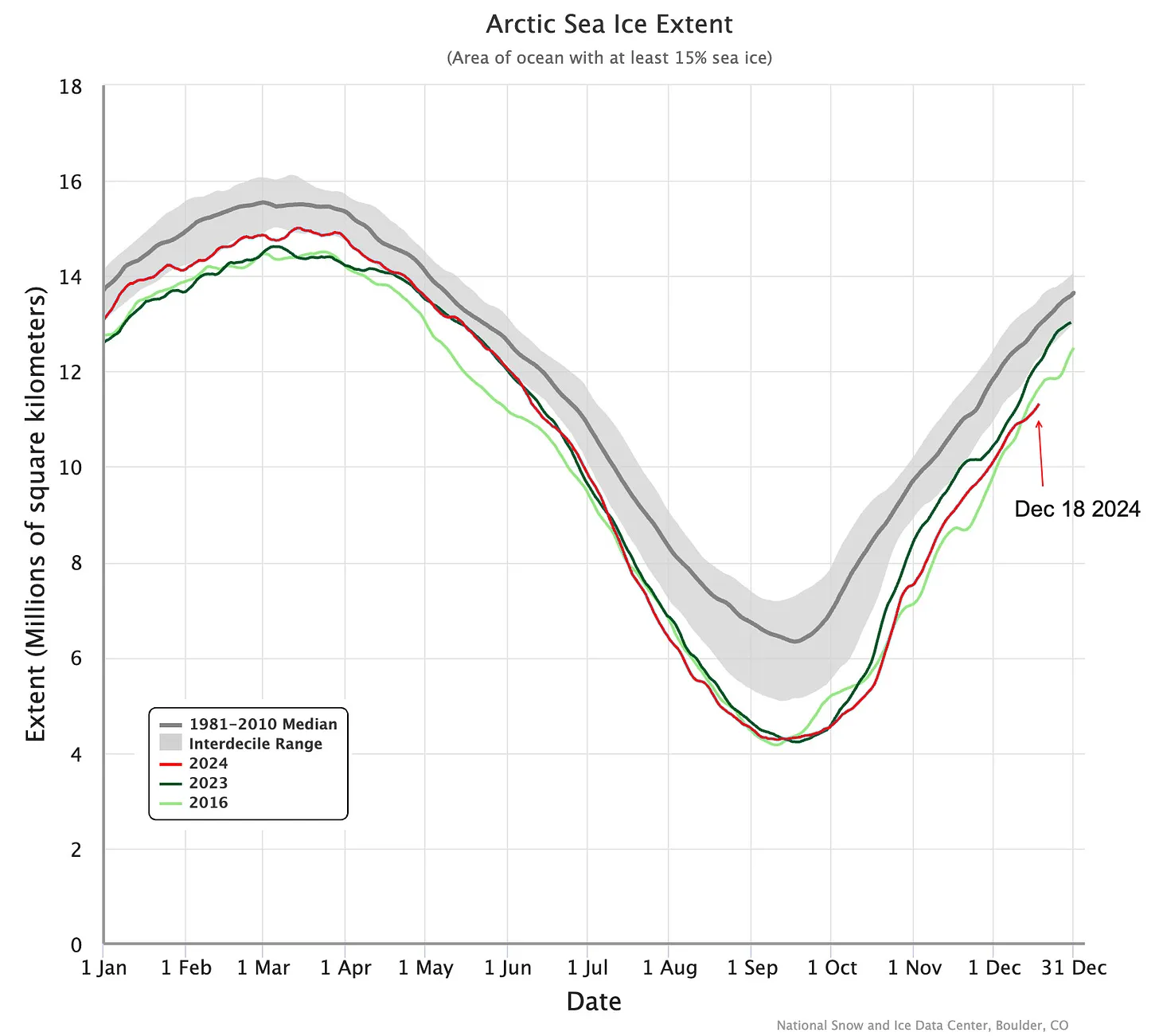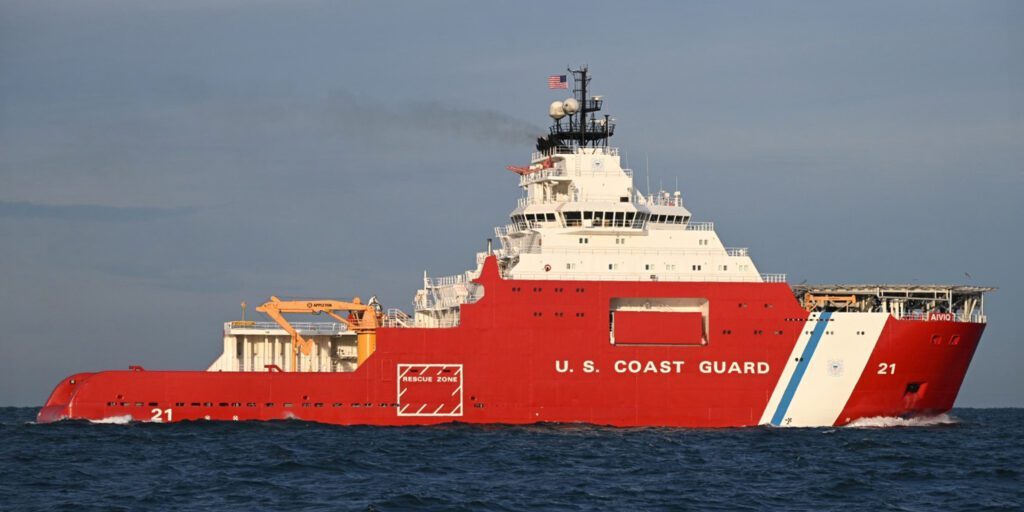The U.S. Coast Guard finally has a new icebreaker.
A 15-year-old vessel, formerly known as the Aiviq, was handed over to the U.S. Coast Guard in late December. The service paid $125 million for the icebreaker, including delivery, modifications, and spare parts. Oh, and a fresh new Coast-Guard-red paint job too.
It’ll join the Coast Guard’s fleet of two operational icebreakers that traditionally split time between the northern and southern hemispheres. The ship will be homeported in Juneau and join the U.S. Coast Guard Cutter (CGC) Healy in patrolling the Alaskan Arctic.
Once commissioned the 360-foot-vessel, that’s 60 feet shorter than the Healy, will be renamed the CGC Storis. It’ll be the second Coast Guard ship to bear that name, the original was known as the “Galloping Ghost of the Alaskan Coast” and was the first U.S. vessel to circumnavigate the North American continent.
“This acquisition is a vital step in increasing our operational presence in the Arctic,” Admiral Linda Fagan said. “The future Coast Guard Cutter Storis builds on our legacy of Arctic operations and underscores our commitment to asserting U.S. sovereignty and supporting national security in the region.”
The Storis is somewhat of a stopgap while the Coast Guard awaits the construction of up to five new heavy icebreakers through its Polar Security Cutter program. The first ship of the class began construction in late December.
The Coast Guard has said they need “eight or nine” polar icebreakers to meet their operational needs in the Arctic, particularly as average annual sea ice extents reach record lows. This is allowing for shipping lanes to be open for longer periods of time.
According to a new report, in just the last decade cargo volume along Russia’s Northern Sea Route increased tenfold to 38 million tonnes in 2024. Russian officials have said they hope to increase that tonnage by a factor of five by the end of the decade.

Traffic along the Northwest Passage above Alaska and Canada has seen similar increases in activity. As ships, often carrying valuable oil and gas, make their way south they funnel through the 53-mile-wide Bering Strait. The Coast Guard said the Storis will help provide “near-term operational presence” to protect American economic interests in the region.
The Storis is expected to enter operations in 2026 following a series of modifications and testing.




